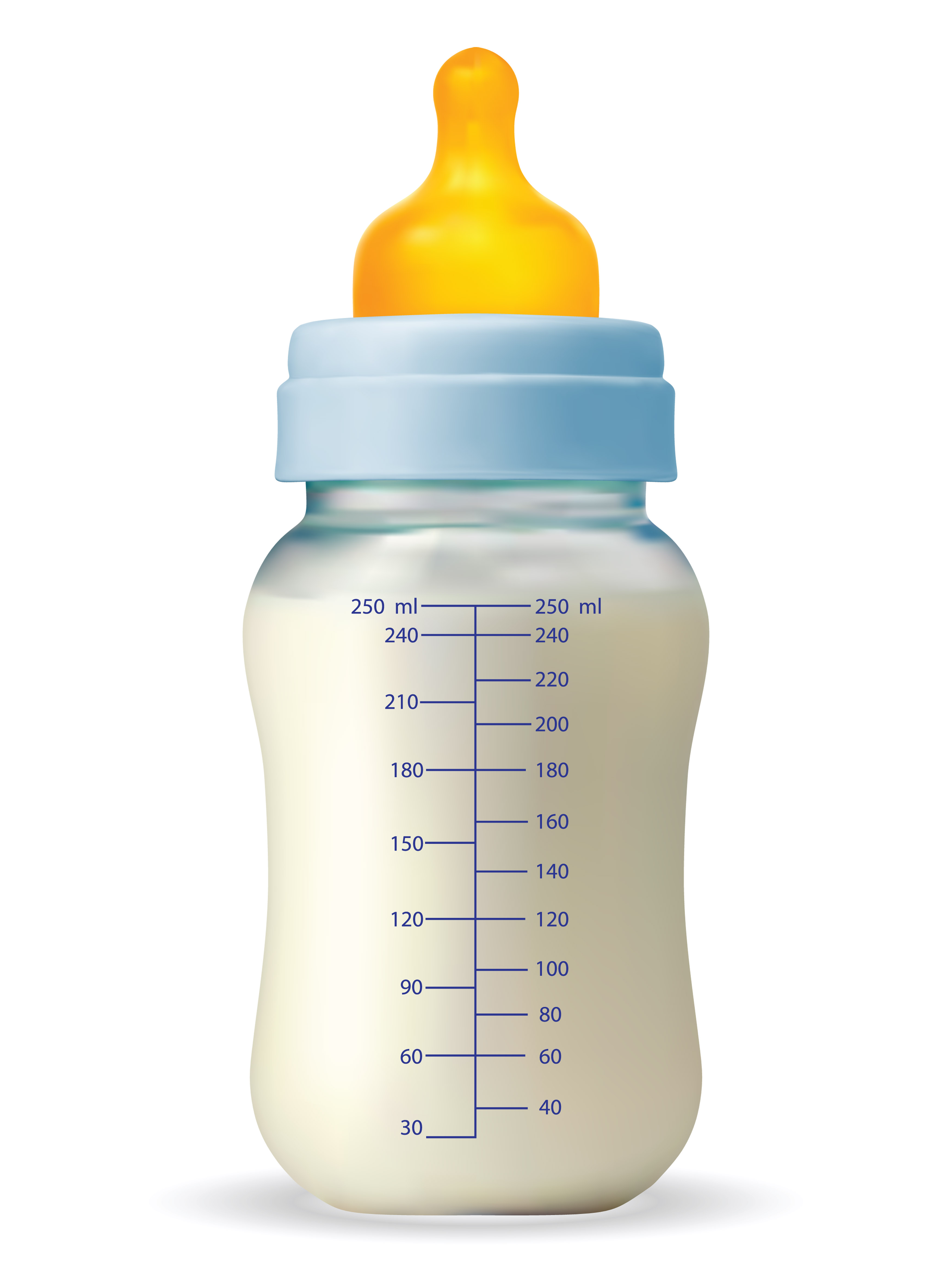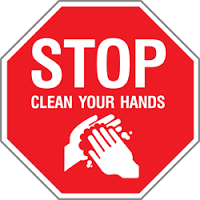Information
-
Document No.
-
Audit Title
-
Client / Site
-
Conducted on
-
Prepared by
-
Location
-
Personnel
-
Location:
-
Select date
Demographics:
-
Patient Name and MRN:
-
Personnel Interviewed:
Miscellaneous Findings:
-
Findings:
Labeling:
-
Mother labels pumped breast milk bottles with infant’s labels which should include the infant’s name and medical record number. Mother adds the date and time pumped to the label.<br>Gen117 Appendix A<br>
-
A mother who has multiple infants that are patients in the Children’s Center at the same time places each of her infant’s labels on every container of her breast milk.<br>GEN117 Appendix A<br>
Storage:
-
Breast milk refrigerators and freezers are centrally monitored, or logged, according to the Refrigerator and Freezer Temperature Monitoring, Maintenance, and Cleaning in Clinical Areas policy.<br>GEN117 Appendix A <br>
-
Only staff has access to the breast milk refrigerator and freezer, unless the refrigerator or freezer is in the patient’s room.<br>Gen117 Appendix A<br>
-
The breast milk containers are stored in either a freezer or refrigerator, and may be stored with other food or formula. <br>Gen117 Appendix A<br>
-
Breast milk containers are stored in patient specific bins, with lids, or in re-sealable bags, labeled with the patient’s name and medical record number. <br>Gen117 Appendix A<br>Individual bottles or bags of breast milk do not need to be placed in a bin if they are stored in an individual patient refrigerator.<br>
-
Clean bins ready for use do not have previous patient label on them.<br>NBN206 Appendix F<br>
Expiration:
-
Refrigerated, fresh (not previously frozen) unfortified breast milk expires 48 hours from the time it was pumped.<br>GEN117 Appendix A<br>
-
Refrigerated, previously frozen, defrosted unfortified breast milk expires 24 hours from the time it was removed from the freezer. Defrosted breast milk is then labeled with a 24 hour expiration date and time from the time it was removed from the freezer.<br>GEN117 Appendix A<br>
-
Thawed breast milk in the NICU:<br>• Thawed breast milk in the NICU is labeled with a thawed breast milk label that states the new expiration date and time. <br>• The label also includes 2 RN signatures (or 1 RN and 1 CNE signature) verifying that the name and medical record number on the breast milk bottle label matches the name and medical record number on the patient ID band.<br>GEN117 Appendix A<br>
-
Refrigerated fortified breast milk expires at the earliest of either the original expiration of the breast milk, the expiration of the fortifier, or 24 hours after fortification; even if fresh.<br>GEN117 Appendix A<br>
-
Frozen breast milk stored in hospital freezers maintained at or below -20 degrees Celsius (-4 degrees F) expires 6 months from the date and time pumped.<br>GEN117 Appendix A<br>
Documentation:
-
NICU and PICU patients who are new breast feeders have the Breast Feeding Screening completed by the RN and signed by the authorized prescriber (indicating that breast feeding is indicated) prior to breast feeding or administration of breast milk.<br>GEN117 <br>Breast Feeding Screening can be found in the blue chart.
Preparation/Administration
-
Syringe is not dipped into the bottle to draw up breast milk. Once a syringe is dipped into a bottle of breast milk, any remaining breast milk must be discarded. <br>GEN117 Appendix A<br>
-
Nurses check the five rights prior to feeding breast milk to the patient.<br>GEN117 Appendix A<br>
-
Breast milk that is poured into a secondary bottle or syringe is labeled with patient name and history number.
Donor Breast Milk:
-
Consent to administer donor breast milk is signed prior to placement of donor breast milk order.<br>GEN129<br>
Cleaning Equipment
-
Mothers are educated on multiuser breast pump cleaning instructions, and can show how pumps are designated as clean.<br>PEDS049 Appendix B<br>









